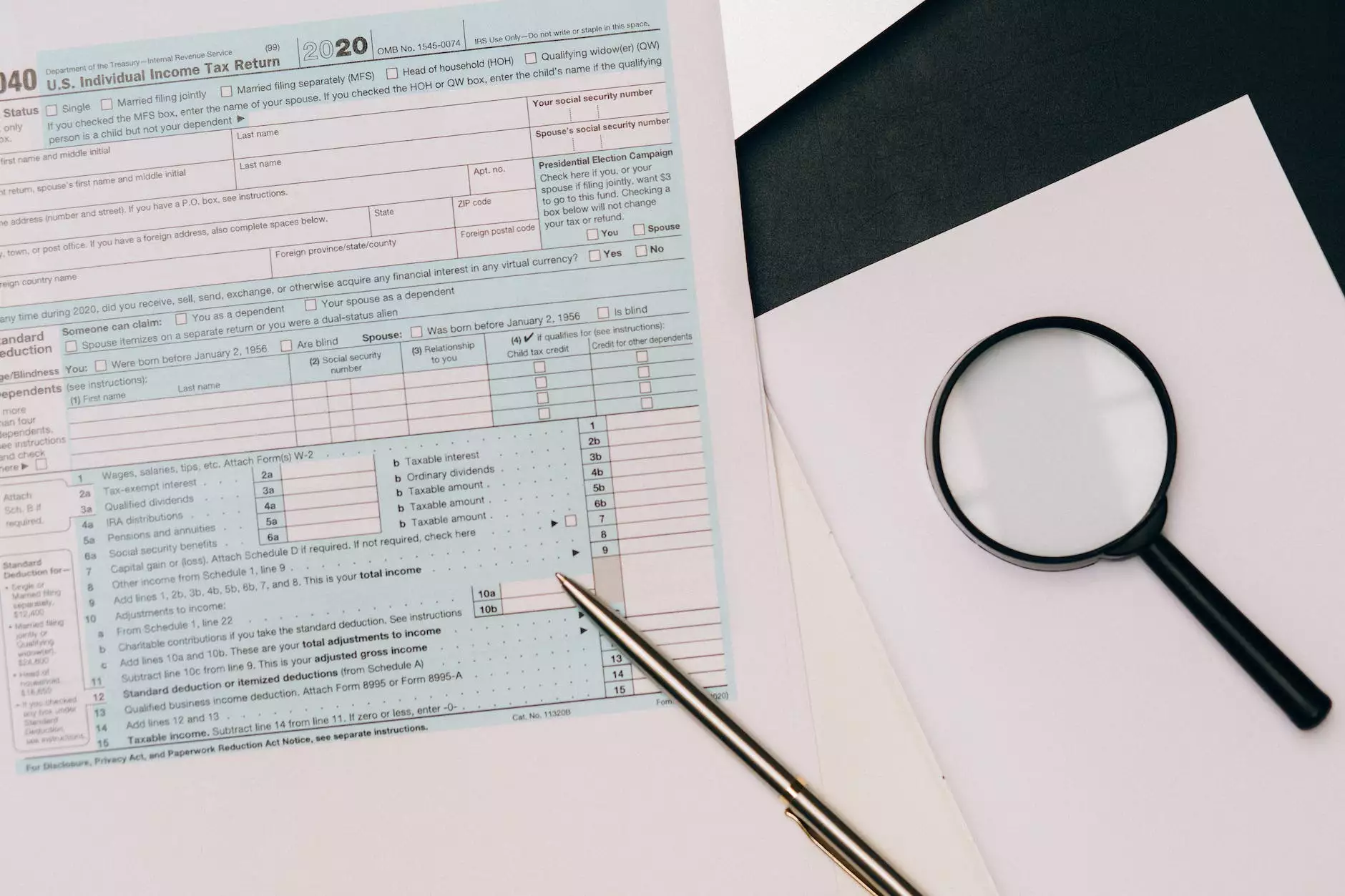The Ultimate Guide to Data Audits for Businesses

In today's digital landscape, where data reigns supreme, conducting a thorough data audit is essential for any business aiming to harness the full potential of its information assets. An organized and structured approach to managing data can lead to enhanced efficiency, improved decision-making, and invaluable insights that drive innovation. In this comprehensive article, we will dive deep into the world of data audits, exploring their significance, process, tools, and best practices.
What is a Data Audit?
A data audit is a systematic examination and evaluation of an organization’s data to ensure accuracy, compliance, security, and utility. This process is critical for identifying gaps, ensuring adherence to policies, and optimizing data use across your business operations. With the increasing volume and complexity of data, businesses must conduct audits regularly to safeguard against misinformation and enhance overall data quality.
Why is a Data Audit Important?
Implementing regular data audits offers numerous benefits:
- Improved Decision-Making: Reliable data is crucial for informed strategic planning.
- Regulatory Compliance: Ensures that your business adheres to relevant data protection regulations like GDPR and HIPAA.
- Enhanced Data Security: Identifies vulnerabilities and risks associated with data management.
- Operational Efficiency: Streamlines data processes and helps eliminate redundancies.
- Cost Savings: Reduces wasted resources on inaccurate or duplicative data.
Key Components of a Data Audit
A successful data audit involves several key components that must be carefully considered. Understanding what to evaluate will help ensure a thorough assessment.
1. Data Integrity
Assessing data integrity involves checking for accuracy and consistency. It’s vital to ensure that data is correct, complete, and up-to-date. This may include cross-referencing data from multiple sources and reviewing data entry processes.
2. Data Compliance
Compliance checks are essential for ensuring that your data handling practices meet necessary legal standards. This includes reviewing data privacy measures and confirming that proper consent has been obtained from data subjects.
3. Data Security
Evaluating security measures protects against data breaches and unauthorized access. This encompasses reviewing encryption protocols, user access levels, and incident response plans.
4. Data Usage
Understanding how data is utilized within the organization is crucial. Assess which departments and processes rely on specific datasets and evaluate the efficiency of these applications.
5. Data Redundancy
Data redundancy can lead to confusion and inefficiency. Identify duplicate data records to streamline storage and improve data retrieval practices.
The Process of Conducting a Data Audit
A detailed data audit is structured into several key steps:
Step 1: Define Objectives
Establish clear goals for your audit. Are you looking to improve data governance, enhance compliance, or increase operational efficiency? Clear objectives help focus the audit process.
Step 2: Inventory Data Sources
Compile a comprehensive list of all data sources, including databases, spreadsheets, files, and cloud storage. Understanding where your data resides is a prerequisite for effective auditing.
Step 3: Assess Data Quality
Perform an in-depth assessment of the data's quality by applying various metrics, such as accuracy, completeness, consistency, uniqueness, and timeliness. This step may also involve data cleansing processes.
Step 4: Review Data Policies
Analyze existing data management policies and procedures. Ensure that these are up to date and reflect current business needs and regulatory requirements.
Step 5: Identify Gaps and Risks
Identify any gaps in your data management practices or potential risks to data security and compliance. Document these findings for further action.
Step 6: Create a Data Audit Report
Compile all findings into a comprehensive data audit report. This should include your objectives, methodology, findings, recommendations, and an action plan for addressing any issues identified.
Tools for a Successful Data Audit
To conduct an effective data audit, utilizing the right tools can significantly enhance the quality and efficiency of the process. Here are some recommended tools:
- Data Profiling Tools: Tools like Talend and Informatica can help analyze data qualitatively and quantitatively.
- Data Mapping Software: Software like Microsoft Visio enables you to visually map data flows and document data sources.
- Data Quality Tools: Tools such as Trifacta or Data Ladder can assist in cleansing and enhancing data quality during your audit.
- Compliance Management Tools: Utilize tools like OneTrust or TrustArc to handle compliance requirements seamlessly.
Best Practices for Data Auditing
To get the most out of your data audit, consider these best practices:
1. Foster a Data-Driven Culture
Cultivating a culture that values data accuracy and integrity within your organization will make ongoing audits smoother and more productive.
2. Schedule Regular Audits
Regular audits are vital for maintaining data quality. Create a schedule that allows you to review data periodically based on the type and sensitivity of the information.
3. Involve Key Stakeholders
Engage relevant departments and employees in the audit process. Their insights can help uncover data usage patterns and unique challenges that may not be obvious at first glance.
4. Stay Updated on Compliance Regulations
Regulatory landscapes are continually changing; keep abreast of changes in data protection laws to ensure ongoing compliance.
5. Leverage Automation
Automate repetitive data auditing tasks to save time and reduce the chance of human error. Tools that support automation can dramatically streamline the process.
The Role of IT Services in Data Audits
Companies like Data Sentinel offer specialized IT services that can enhance your data auditing processes. Their expertise in IT Services & Computer Repair and Data Recovery can help businesses identify vulnerabilities and streamline their data management practices.
Leveraging professional IT services can ensure that your data is not only adequately audited but also secured and recoverable in the event of an incident. With the right support, businesses can maximize their data's value and minimize risks.
Conclusion: Empower Your Business with Data Audits
Conducting a thorough data audit is no longer optional; it is a crucial component of effective business strategy. By embracing regular audits, businesses can protect their data integrity, ensure compliance, and optimize the use of their information assets. Moreover, the insights gained from audits can unlock new opportunities for growth and success.
As you embark on your data auditing journey, remember that leveraging the expertise of professionals, such as those at Data Sentinel, can provide you with invaluable support. Invest in a robust data audit strategy today and empower your business to thrive in the data-driven world of tomorrow.









